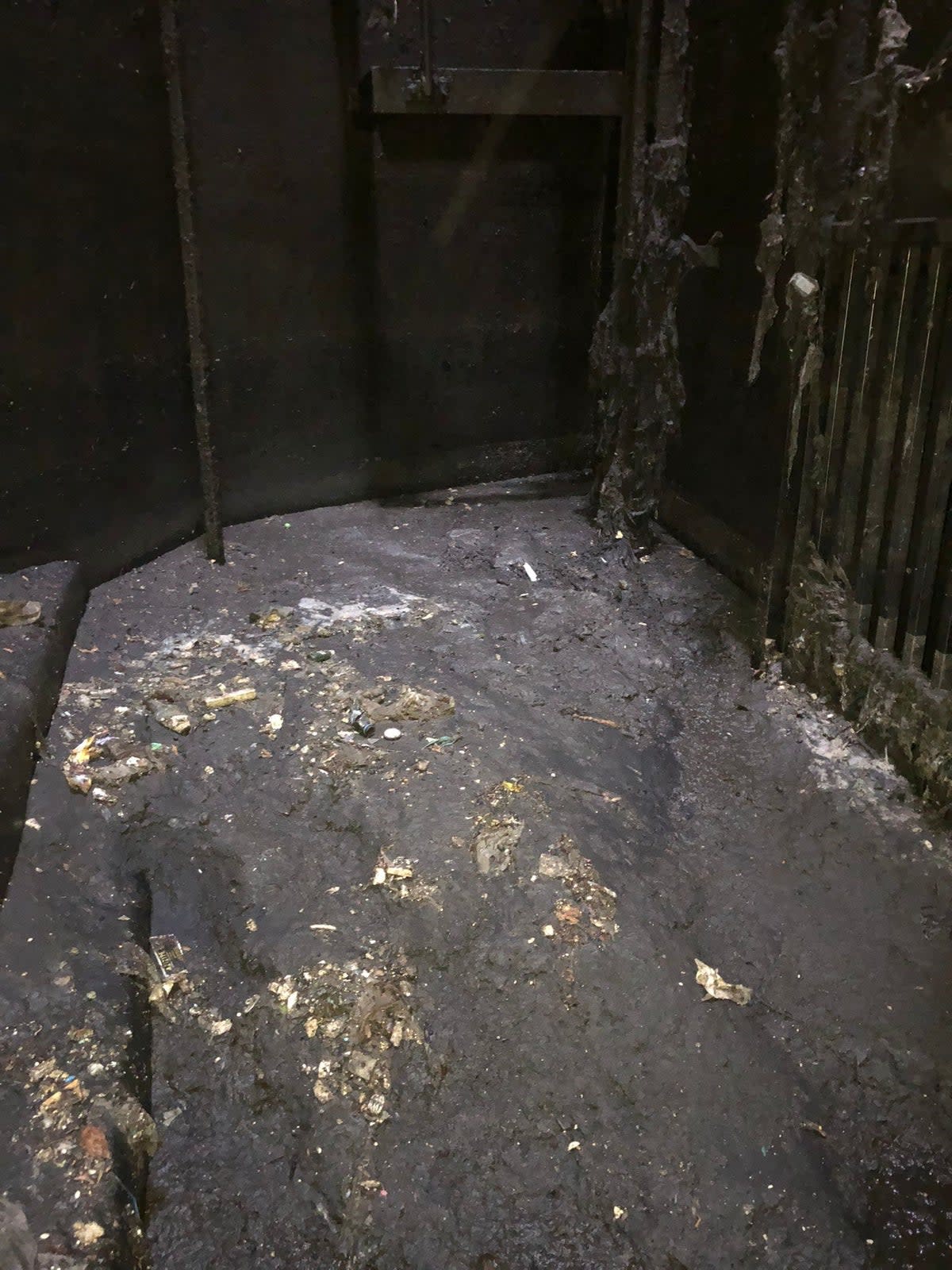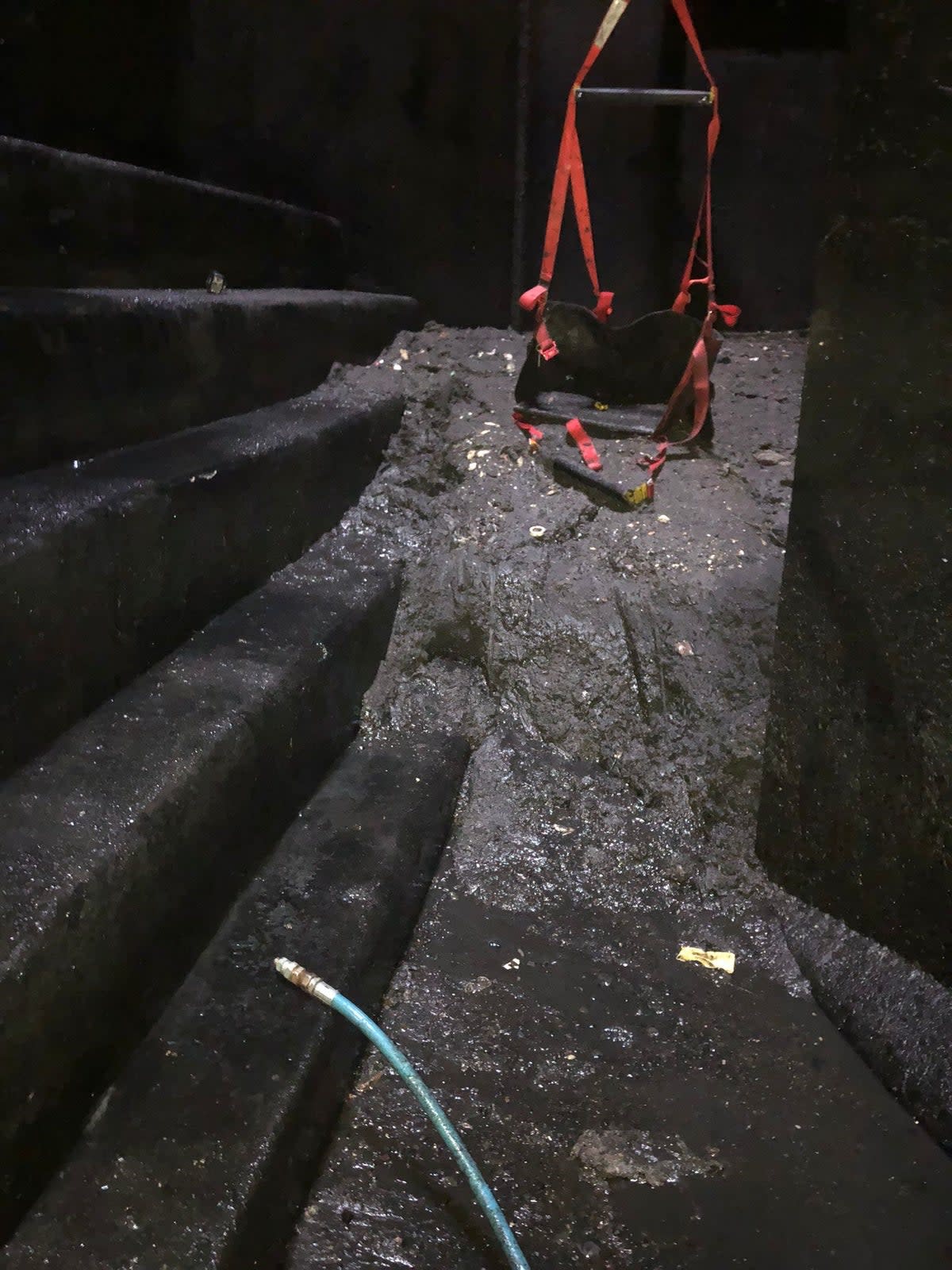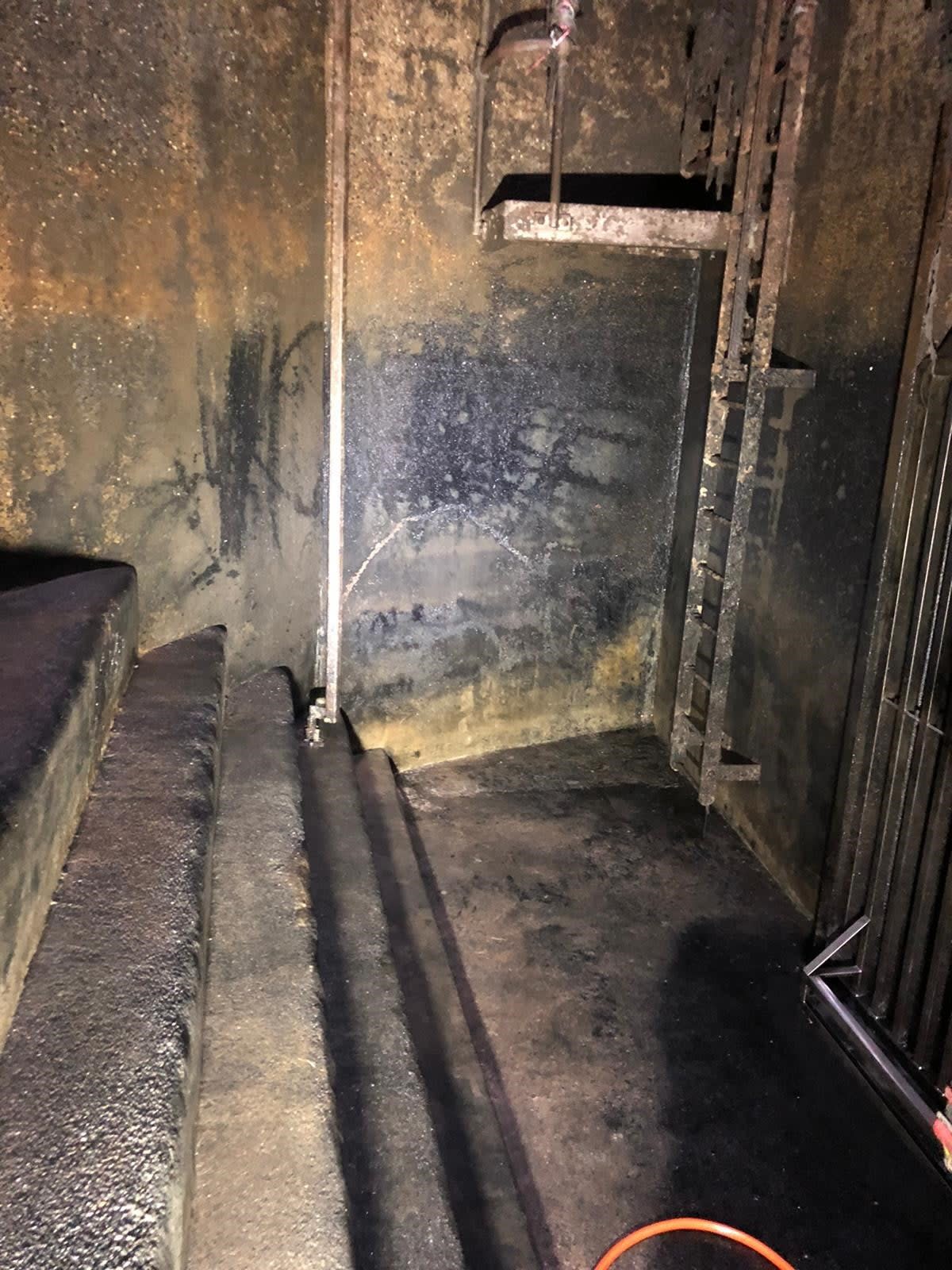'Fatberg' weighing the same as three double decker buses unblocked from east London sewer

A fatberg weighing as much as three double-decker buses has been removed from an east London sewer.
A team of 20 engineers from Thames Water took 11 days to remove the huge 6ft heap due to its location 35 metres underground and complex size.
The fatberg, near an Abbey Mills pumping station, was clogging long sections of the sewer. It was primarily made up of silt, wet wipes, tampons and condoms.
Fatbergs are formed when oil, grease and fat poured down drains combine with non-biodegradable items such as wet wipes, nappies and cotton buds.

The removal effort highlights the ongoing battle against fatbergs, which cause severe blockages and can lead to sewer overflows and environmental damage.
James O’Donoghue, pumping stations operations manager at Abbey Mills, said: “It was an incredible feat to clear the fatberg, and involved people from all across Thames Water to plan and then execute its removal.

“It was predominantly made up of silt and rag – unflushable items such as wet wipes, tampons and condoms – and shows the everyday challenges we face in keeping our sewers flowing.
“A huge thank you and well done to everybody involved in the removal. We face this type of issue every day as we keep sewers flowing across London and the Thames Valley, and we’ve learnt a lot from this project.
“Now it’s been removed, we can install final drainage pumps to ensure Abbey Mills and the North London Flood relief can operate to its full potential.”


